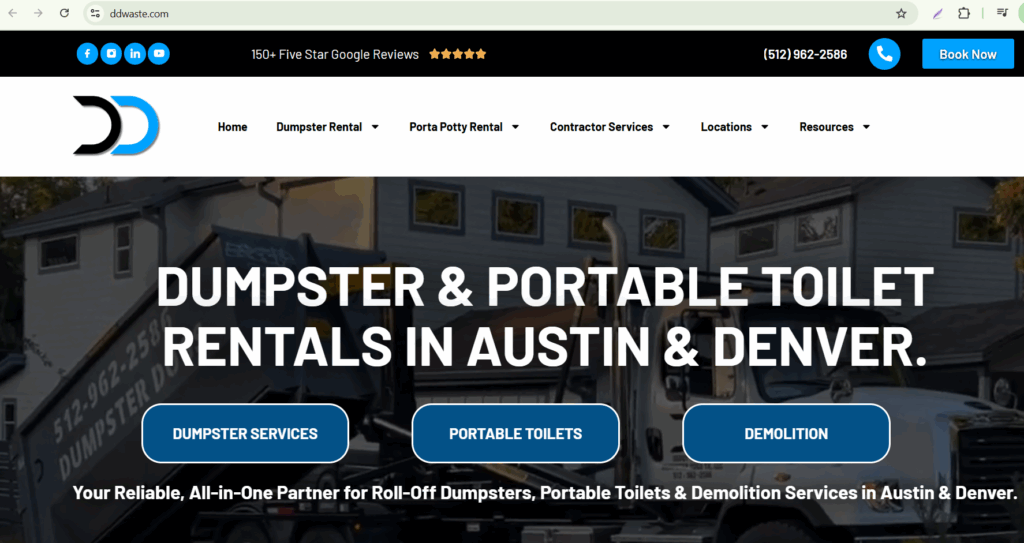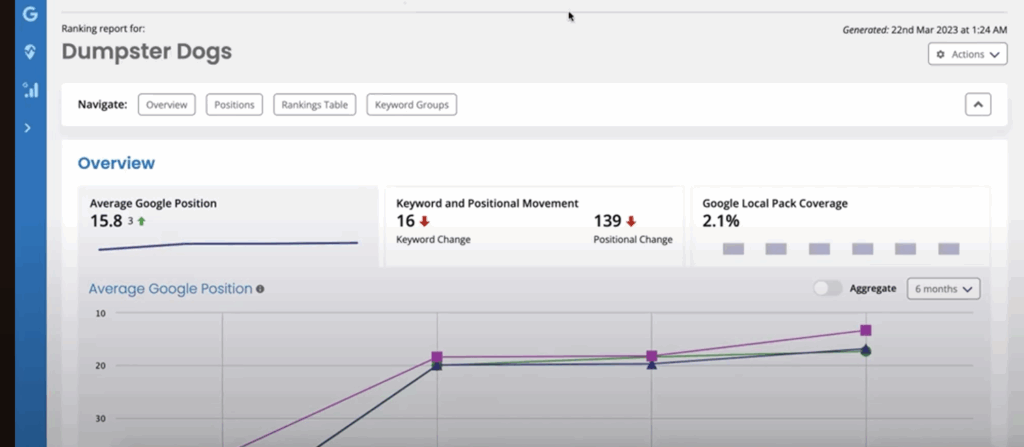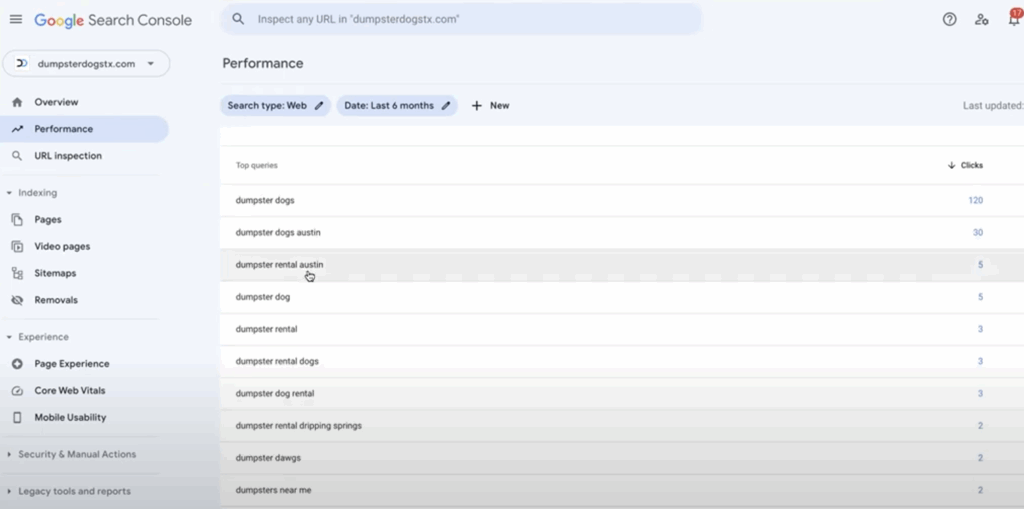The Harsh Truth: 99% of SEO Is Snake Oil — How Taylor James and Dumpster Dogs Learned Real SEO

When Taylor James from Dumpster Dogs in Austin first came to me, he was frustrated.
He’d been paying $750 per month for six months to a company, which claimed to handle his SEO, website, and software. They promised, like most SEO vendors do, that after six months, he’d “start ranking high on Google.”

Sound familiar?
That’s the oldest line in the SEO playbook.
So, we decided to look under the hood.
Within minutes, I found what I’ve been saying for years:
99% of SEO being sold to small businesses is pure snake oil.
The Audit: What We Found
Their “SEO work” included:
— Useless dashboards with vanity metrics.


— Hundreds of spammy backlinks, including listings from places like The Erotic Review (yes, really).

— Auto-generated city pages like “Dumpster Rental Bastrop, TX” and “Dumpster Rental Bee Cave, TX,” which Google penalizes for being duplicate content.
Their domain rating (DR)? A pathetic 4 — meaning Google saw almost no authority.

For comparison, legitimate businesses typically start to gain traction at DR 20-30, while BlitzMetrics.com is DR 61, built on real mentions from media outlets like CNN and the Wall Street Journal.

Worse, most of Taylor’s “organic traffic” was from people searching his company’s name, not new customers.


That means the so-called SEO agency didn’t generate demand; they just took credit for people who already knew him.
The Fix: What Real SEO Looks Like
I told Taylor something most “SEO experts” won’t:
“You don’t need SEO. You need content and relationships that Google respects.”
Here’s the real framework we used:
1. Answer real customer questions.
We used Google’s “People Also Ask” results to find topics like:
- How much does it cost to rent a dumpster in Austin?
- What fits in a 40-yard dumpster?
- What size dumpster do I need for roofing?
Taylor recorded one-minute videos answering these.
2. Post to YouTube first.
Since Google owns YouTube, videos there carry extra SEO weight.
Each video was embedded on his website as a blog post, along with a transcript for accessibility and indexing.
3. Personalize every post.
Each video or article mentioned Dumpster Dogs, Austin neighborhoods, and his team.
Google’s Helpful Content and EEAT (Experience, Expertise, Authority, Trust) standards favor authentic, human stories, not AI-generated junk.

4. Build real backlinks.
Instead of buying spammy links, Taylor started collaborating with local Austin businesses, contractors, mechanics, taco shops, exchanging blog mentions and short video collabs.
That’s how Google knows he’s part of the Austin business community.
The Lesson: You Can’t Outsource Trust
Software companies love to bundle “SEO services” into their packages, a convenient upsell for them, a waste for you.
They can automate reports and page templates, but they can’t automate trust, relationships, or content that actually helps people.
If someone claims they’ll get you ranking in six months while you sit back and do nothing,
run.
Or, better yet, ask them to compete in a live Quick Audit.
If they’re as good as they claim, they shouldn’t mind.
Final Takeaway
SEO isn’t about tricking Google.
It’s about proving to Google through content, credibility, and connections that you deserve to rank.
And the best part? You don’t need a $10,000 agency to do it.
You just need a smartphone, some common sense, and the right training.
